
Dogs
The basenji is unique among dogs, and not just because the breed pulled off an upset at the 2001 Crufts Dog Show. The basenji is called the "African Barkless Dog" because the breed cannot bark; instead, the dog makes a sort of chortling sound. Native to the African continent, the basenji can still be found hunting with his tribal masters deep in the forests of Zaire.
The basenji took top place in the world's most famous dog show, held in Great Britain, beating out 20,000 breeds to claim the title "Best In Show." This is the first time the basenji took top prize.
The basenji is considered one of the oldest dog breeds. Five thousand year-old Egyptian carvings depicting the breed have been found in the tombs of pharaohs. It is theorized that these dogs were given to the pharaohs as gifts from central Africa.
Until the late 19th century, the basenji's primary occupation was assisting African tribesmen in the hunting and gathering of game. They were and still are used as excellent ratters, keeping the villages free of these vermin. As English explorers discovered tribes and their dogs, the basenji was exported to Europe and became a beloved pet.
Today, the basenji can still be found working in Africa. They assist their owners in hunting by flushing game into nets strung in the trees.
Up until 1987, all the basenjis outside Africa were descended from 12 original stock dogs. Breeders and lovers of the breed became concerned about the limited gene pool and an African expedition was planned. In 1987 to 1988, a group of Americans traveled to Zaire and brought back 14 basenjis. These dogs were accepted by kennel clubs and have been used to increase the gene pool, with the goal of reducing the potential risk of genetic abnormalities.
The most unique feature of the dog is his inability to bark. They make a sound called a "chortle," which is a cross between a yodel and a murmur.
The basenji is a medium to small dog that looks like a small deer. The body is compact with erect ears and a curled tail. A deeply furrowed forehead gives the dog a look of distinction and the hair coat is smooth and glossy. The most common colors are red and white, black and white and black, tan and white.
The adult basenji stands around 17 inches at the shoulder and weighs about 20 to 22 pounds.
The basenji is an intelligent and agile dog. Despite being a quiet breed, they are quite playful and active. They also seem to be obsessed with keeping themselves clean. Many have compared the breed's fastidious nature to that of a cat. Like cats, these dogs are independent, but they do not enjoy quiet time alone.
The basenji is an affectionate dog but may not be the best choice for families with very young children. If appropriately socialized, the breed can live well with older children. Wary of strangers, the breed is a good watchdog, alerting owners of approaching intruders with their strange vocalizations.
The basenji tends to be easy to housetrain but doesn't always do well with other training. With patience and consistency, some basenjis have proven to be excellent lure coursing competitors.
The basenji does not like to be left alone with nothing to do. They are intelligent dogs and need mental stimulation to prevent destructive behaviors. The breed is known for having only one heat cycle per year, compared to two for other breeds. As time progresses, more and more basenjis seem to be breaking this tradition and some have heat cycles twice a year. Since most still only have one cycle per year, the vast majority of litters are born between October and December.
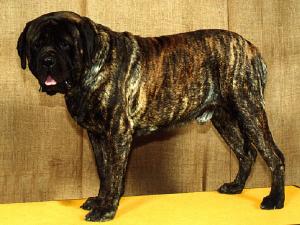 Mastiff
Mastiff
Mastiff
Mastiff
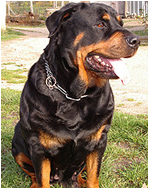 Rottweilers: A guide to dogs and puppies of the Rottweiler breed
The Rottweiler!
A Rottweiler is a medium large dog breed th
Rottweilers: A guide to dogs and puppies of the Rottweiler breed
The Rottweiler!
A Rottweiler is a medium large dog breed th
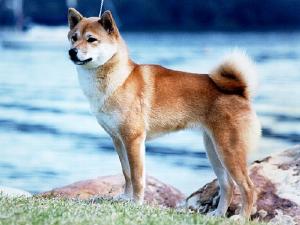 Shiba Inu
Shiba Inu
Shiba Inu
Shiba Inu
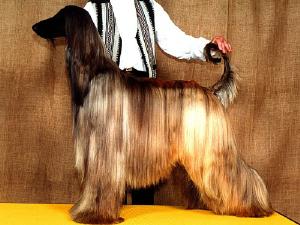 Afghan
Afghan
Afghan
Afghan
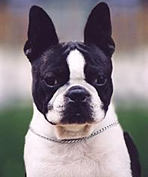 Boston Terriers: A guide to dogs and puppies of the Boston Terrier breed
The Boston Terrier!
The Boston Terrier, a native American b
Boston Terriers: A guide to dogs and puppies of the Boston Terrier breed
The Boston Terrier!
The Boston Terrier, a native American b
Copyright © 2005-2016 Pet Information All Rights Reserved
Contact us: www162date@outlook.com